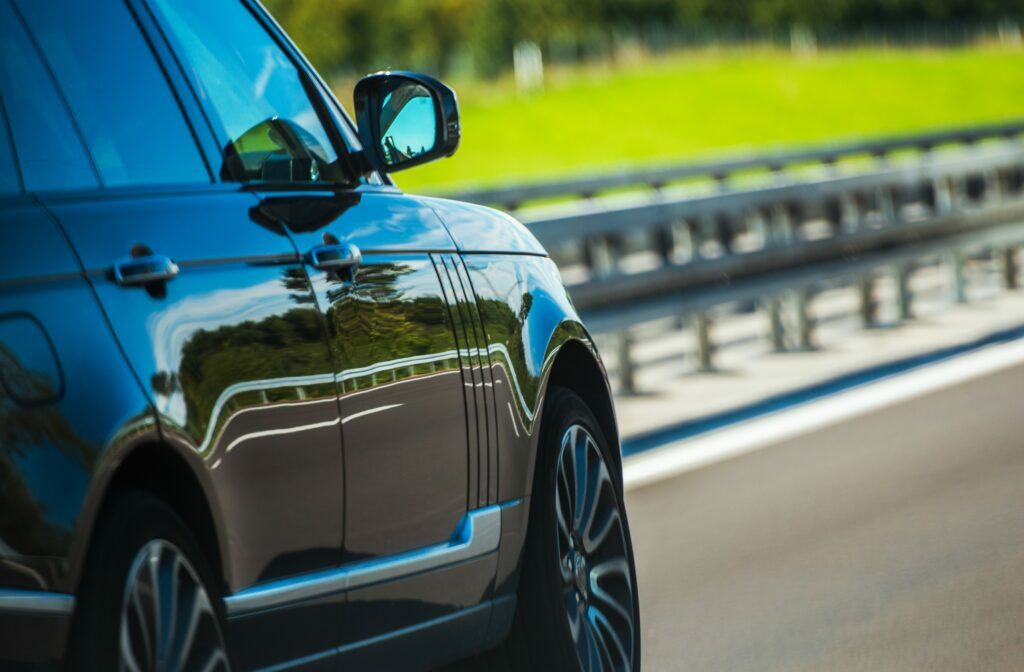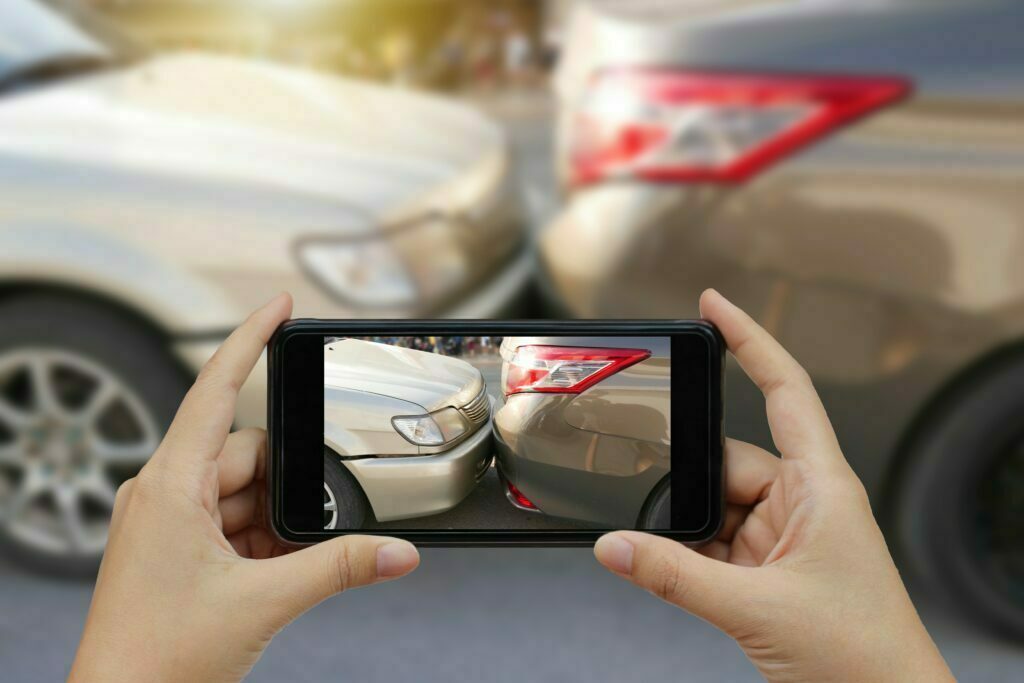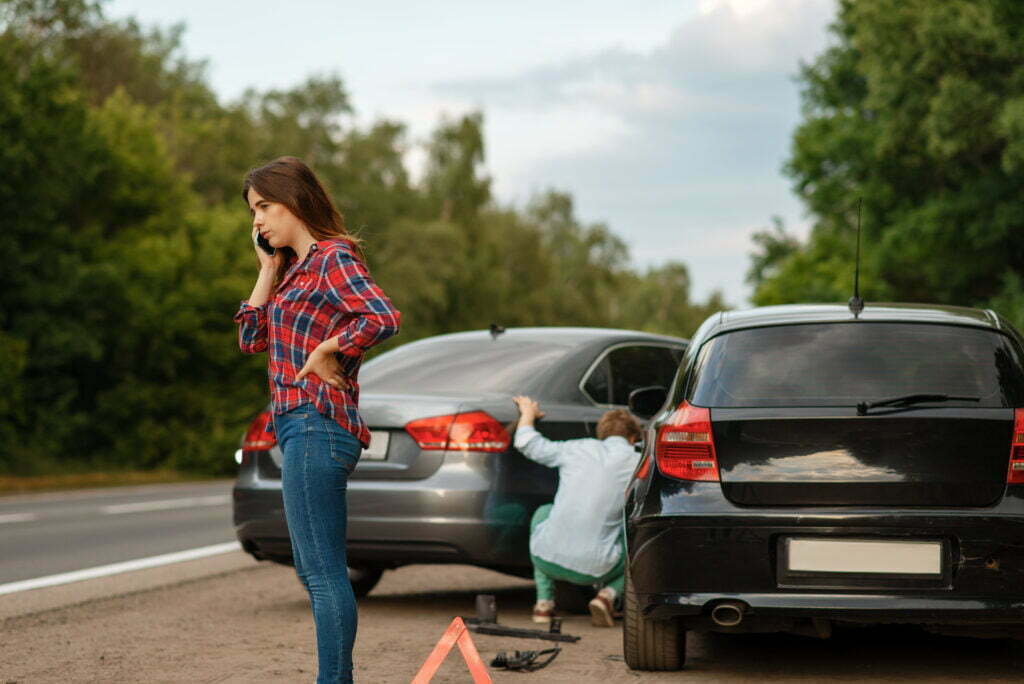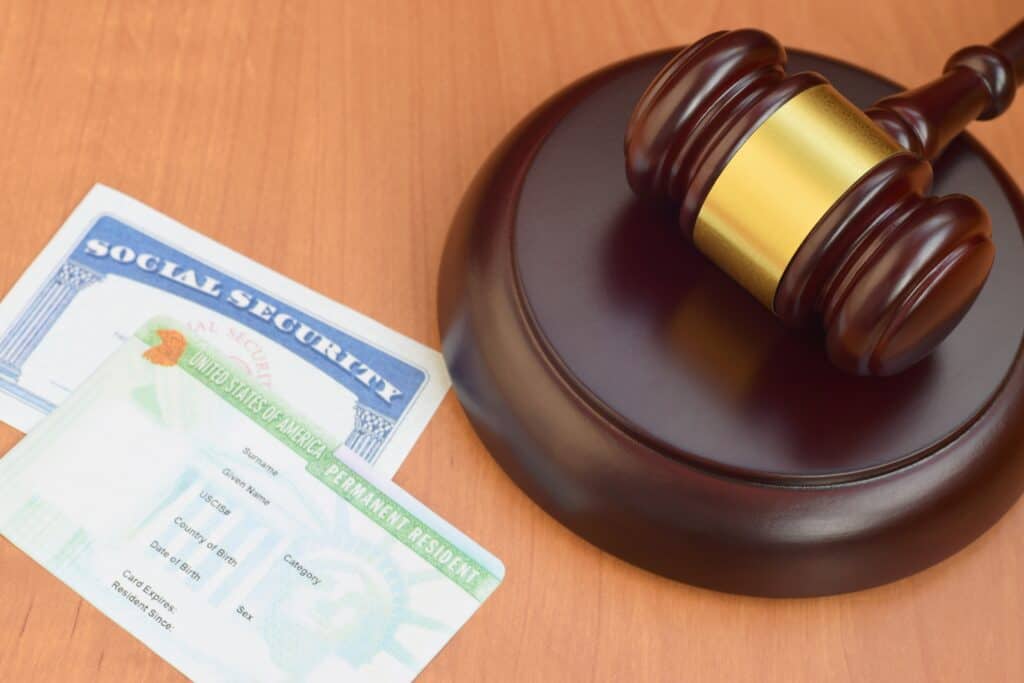We are living in a time where technology is advancing quickly and in ways our great grandparents probably would not have predicted. As impressive as a self-driving cars are, there are also questions about how safe they are and on what happens when a self-driving car causes a wreck.

Self-driving cars will become commonplace within the next few years. As they do, questions about who is responsible for accidents involving them will arise. Who is at fault when a self-driving car causes a wreck? What are the legal implications? How does liability work in a self-driving vehicle accident? These are just some of the many questions that come up when considering how liability works in a self-driving car causes a wreck.
To help you understand these issues, we have put together an overview of what happens when a self-driving vehicle crashes. We hope that this information helps you better prepare for your future with autonomous vehicles.

As self-driving technology becomes more prevalent, there are concerns about safety and liability. In fact, some people believe that self-driving technologies pose a greater threat to society than traditional automobiles.
For example, some people fear that self-driving cars will cause more accidents because they will be programmed to drive faster. Others worry that self-driving cars may be programmed to ignore pedestrians. Still others think that self-driving cars could be used by terrorists to carry out attacks.
However, there are also benefits associated with self-driving vehicles. They could reduce traffic congestion, improve road safety, and make travel easier.
When two cars collide under normal circumstances, North Carolina law holds the at-fault party responsible for all damages and losses that he or she caused. But in the age of self-driving cars, the question of responsibility must be determined. In general, liability depends on one or more of these options:
Human error is still the first place an injured victim should look. Even the best technology cannot protect the public from negligent human operators, if the human driver has ultimate control of the vehicle. If a driver fails to remain alert while at the wheel or misuses the technology, then the driver may be responsible for a crash.
Sometimes technology simply fails. If a driverless vehicle is being operated properly and as designed but somehow fails, then the manufacturer may be the appropriate party to hold responsible for any injuries that the faulty machine caused.
A government regulatory agency that permits self-driving vehicles to be tested on public roads may potentially be responsible for allowing experimental vehicle testing on public roadways if the testing exposes the public to unreasonable risk of harm.
In some cases, the design of the vehicle is defective, and it must be considered whether this is something that the manufacturer should have recognized.

The answer to who is at fault when a self-driving car causes a wreck can depend on several factors. The first thing to consider is whether the person operating the vehicle was negligent. For example, did the operator fail to maintain proper lookout, use reasonable care, or follow traffic laws? If so, then the operator could be held liable for any injuries that resulted from his or her negligence.
If the operator was not negligent, then the next consideration is whether the vehicle itself was defective. This includes issues such as whether the vehicle’s software malfunctioned, whether the vehicle was improperly manufactured, or whether the vehicle was negligently designed. If the vehicle was defective, then the manufacturer may bear some responsibility for the accident.
Another factor to consider when a self-driving car causes a wreck is whether the operator was using the vehicle according to its intended purpose. For example, if the operator was driving the vehicle for purposes other than those for which it was designed, then the operator may be found to be negligent.
Finally, the state of the art of self-driving vehicles may play a role in determining who is at fault. For instance, if the state of the art allowed only certain types of vehicles to operate on public roads, then the state might be responsible for permitting unsafe.
Ask an attorney. We are here to help you understand your rights and responsibilities after a self-driving car accident.
Si su empleador no tiene seguro de lesiones laborales, usted todavía puede proceder con un reclamo si eres lesionado en el trabajo? Si su empleador no tiene seguro, tienes la opción de proceder en contra de ellos directamente, o, si su empleador era un subcontratista de un contratista general, puedes proceder en contra del seguro del contratista general. Antes de empezar un reclamo sin seguro, debes saber que el proceso será un poco más complicado – esto es porque tendrás que estar directamente en contacto con su empleador.
Es por esto que es importante que usted se ponga en contacto con abogados con experiencia si eres lesionado en el trabajo. Nosotros aquí en Oxner + Permar tenemos bastante experiencia con estas situaciones, y podemos ayudarle en español. ¡Llamenos!
Applying for Social Security Disability can be a lengthy and sometimes frustrating process. I get questions every day about how applicants can make the process go faster, what the eligibility requirements are, and what some of the frequently used terms mean, such as the grid rules.
There are a few ways a disability applicant can argue they qualify for benefits. An applicant may argue that they meet a medical impairment listing, are unable to engage in substantial gainful activity (earning over a certain amount set by the Social Security Administration), or that they are disabled because they meet one of the Medical Vocational “grid rules”.

The Social Security Administration (SSA) defines the Grids as “a set of rules that determine whether you’re eligible for disability benefits.”
Social security regulations were written in 1967 and revised in 1980. In those days, the SSA recognized that people could change jobs and industries over the course of their lives. To help people transition into different types of employment, the agency developed a grid system that helped identify what kinds of jobs might be appropriate for someone with specific physical and mental disabilities.
In recent years, however, the agency has been trying to change how the Grids work. The agency wants to eliminate the grids entirely, arguing that they no longer reflect reality.
The Grids are important because they allow the SSA to decide whether or not you qualify for disability benefits.
If you meet all of the requirements listed under the Grids, then you will receive benefits. However, if you do not meet any of these requirements, then you will not get benefits.
The Grids are very detailed and require that you prove that you meet each requirement before you can receive benefits.

The Social Security Administration uses a grid of rules to answer when an individual is disabled or not disabled. This takes into account an individual’s age, education level, transferable or non-transferable skills, and your residual functional capacity (RFC).
The older an individual is, the easier it becomes to be approved for disability benefits. Under the grid rules, education is evaluated based on the following:
The grid rules classify your past relevant work as either unskilled, semi-skilled, or skilled and also take into account whether or not you have transferable skills. This considers if the skills used in your past work can be transferred to a different job. Lastly, your RFC level categorizes whether your abilities limit you to perform sedentary, light, medium, or heavy work.

There are two other options available to you when the Grids say that you are not disabled. One option is to go through vocational rehabilitation. Vocational rehabilitation helps individuals find new jobs by providing them with assistance from trained professionals. It may include job placement services, career counseling, resume writing, and interview coaching.
Another option is to apply for Supplemental Security Income (SSI), which provides income to people who cannot work due to their disabilities. SSI is funded by the federal government and administered by the states.
Waiting to get a hearing for your Social Security Disability benefits can be frustrating. The current wait time for a Social Security Disability hearing in any of the four North Carolina offices is at least 18 months. This is a long time to wait for disability benefits when you cannot work. You may then be wondering if there is anything you can do to help get your social security disability hearing scheduled faster.
During the waiting time of at least 18 months, an attorney will continue to build the case based on the medical evidence for a claimant. The best steps to take during this time are to continue treating with doctors and work toward getting supportive records and statements from your physicians.
The good news is there are some things you can do that may help get a hearing scheduled faster. One step is a “Congressional Inquiry.” One way to possibly expedite the process is to contact the office of your local congressman or senator. This inquiry would involve a congressional staff member calling or writing the Social Security office on your behalf. Although there are no guaranteed results, it can’t hurt your case, and it could get your hearing scheduled in six months rather than a year or two.

The Social Security Administration (SSA) does not guarantee that you will receive benefits. This means there is no legal requirement that SSA pays out disability benefits to anyone who applies.
However, the SSA does require claimants to prove that they meet specific requirements. These include establishing that you cannot work because of a medical condition and proving that you have been disabled since you cannot work.
If you believe you qualify for Social Security disability benefits, you may want to contact a qualified attorney to help you prepare your case. An experienced lawyer can ensure that you meet all the necessary criteria to be eligible for benefits.
An experienced lawyer can also help you understand the process of receiving Social Security disability benefits. They may be able to help you schedule your hearing faster than you would otherwise be able to.

A common question I get when someone has a slip and fall accident at a store or at someone else’s property is who is responsible for their injuries and medical bills. Many believe that medical bills if you fell on a property of another person will be shouldered by the property owner. This is a misconception; these cases are typically very tough to win in North Carolina.
The law is clear that owners of real property are not responsible for the safety of visitors. Instead, real property owners only have to ensure the property is reasonably safe and to tell visitors if there are any “latent defects” in the property or defects that could not be found upon reasonable inspection. That means the property owner is not responsible if a person steps in an “open and obvious” hole or slips in a pool of water that one can see if keeping a reasonable lookout.
For example, if you were walking through a parking lot after a snowstorm and fell because it is slick, this would not be the property owner’s fault because they have no duty to warn that the snow makes the parking lot slippery. However, suppose a person is walking down the stairs from his apartment, and the stairs collapse because unknown to him. In that case, the stairs require repair. The property owner is probably responsible for any injuries.

You may be entitled to compensation if you’ve been injured due to another person’s negligence.
When filing a claim, you must prove that the defendant was negligent and that his/her negligence caused your injuries. This means proving that he/she failed to exercise reasonable care when operating a vehicle, could not maintain safe premises, etc.
The amount of damages you receive depends on several factors, including the severity of your injuries, whether or not you were at fault, and the extent of the defendant’s liability coverage.
To file a personal injury claim, you may want to consider hiring a lawyer specializing in this type of law. Your attorney will help you determine your eligibility for compensation and negotiate a settlement agreement.

Owners of residential properties also need to take precautions to protect their tenants. For example, landlords must maintain gutters and downspouts properly, clean exterior windows and screens, repair damaged steps, and ensure those fire extinguishers are available. Landlords also need to inspect the property regularly to determine if anything needs repairing or replacing.
As if the liability law was not tough enough, North Carolina is also one of five jurisdictions in the United States that still follows the doctrine of contributory negligence. Contributory negligence means that the person who slips and falls, regardless of fault by the property owner, was not using due care or not keeping a reasonable lookout. So, let’s go back to the stairs. If the stairs require repair, but it is obvious they are not safe, a person might be blocked by his contributory negligence by using them and be at fault.